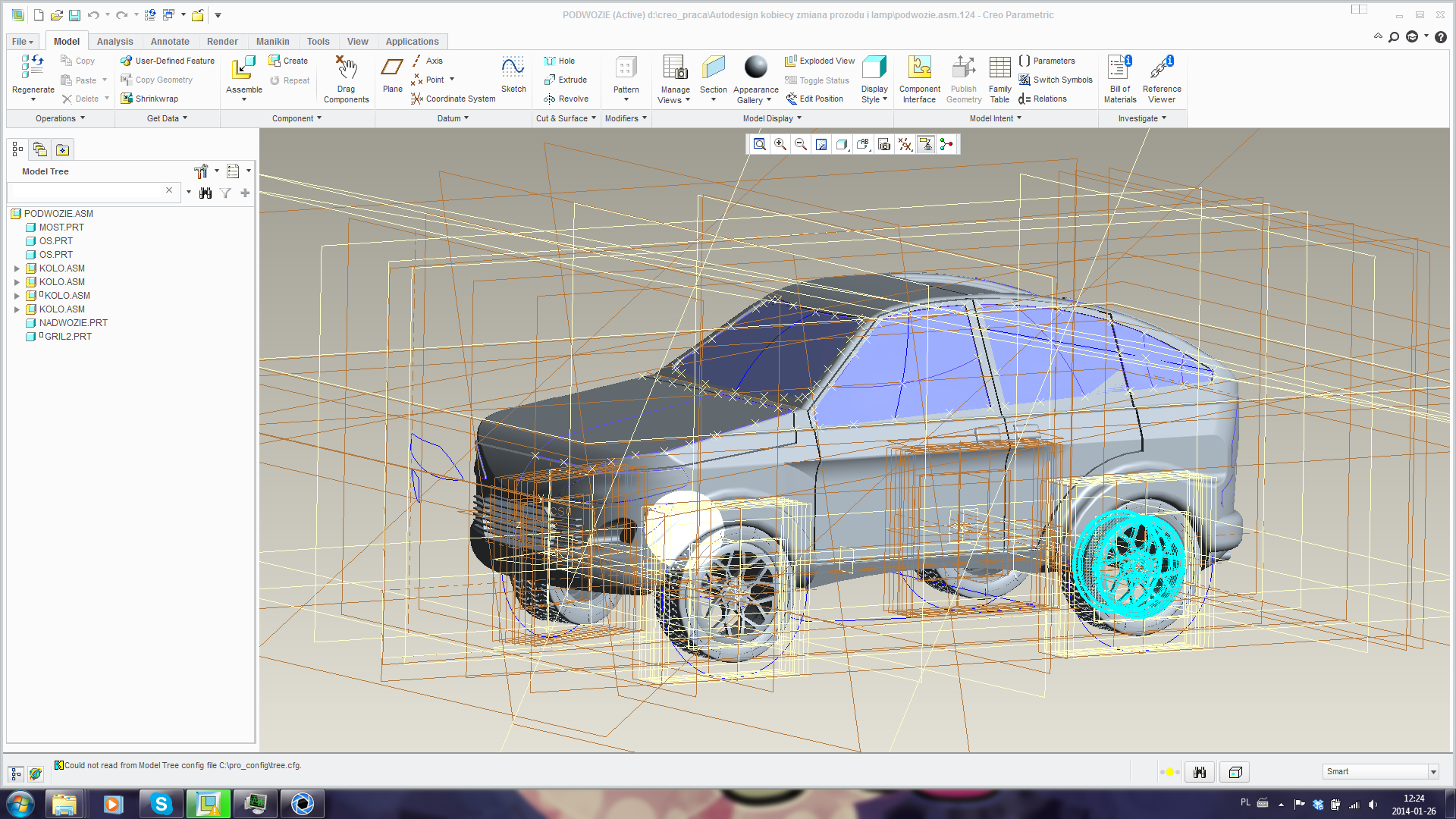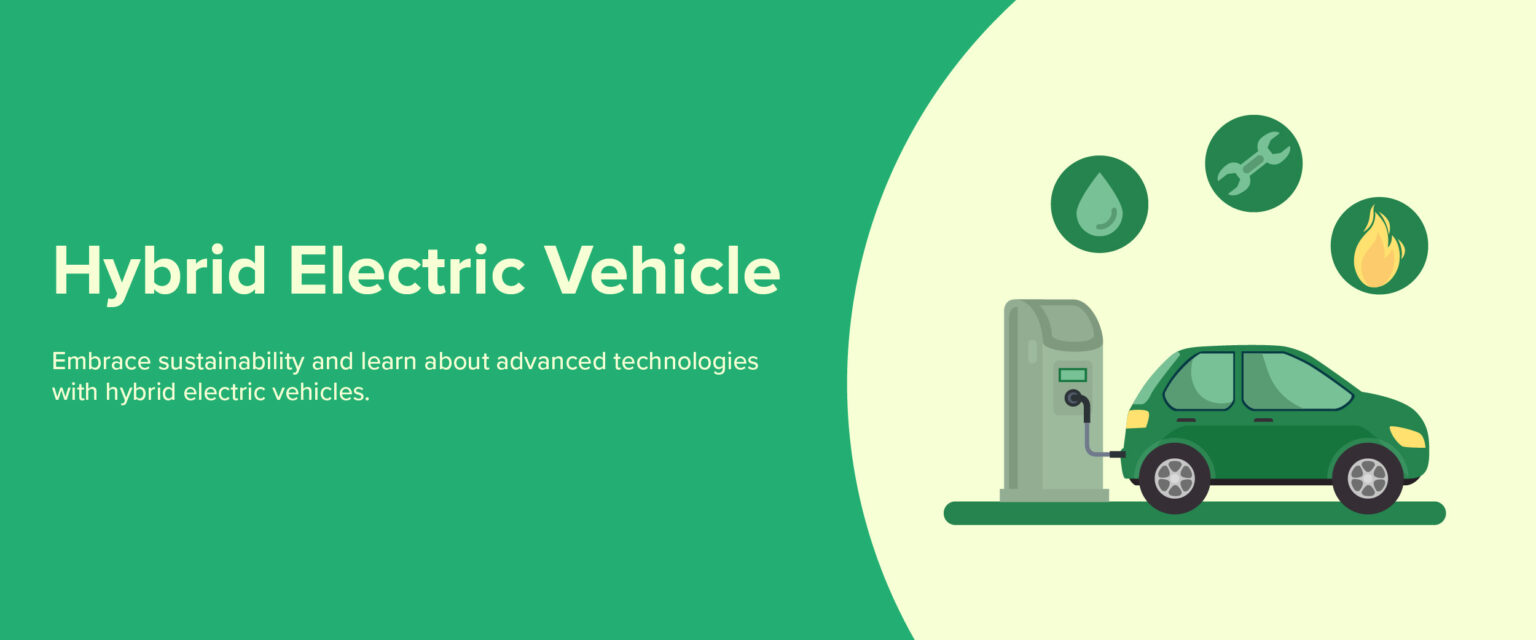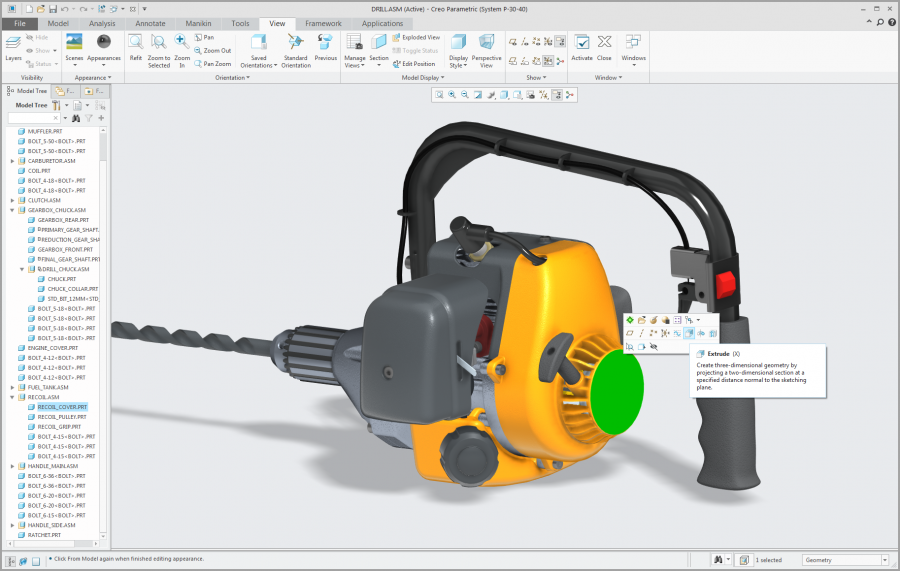
We have enlarged the interface icons in our screencasts to make our videos more eye-friendly. We are following the learning by doing approach which is proven the best for learning software like PTC Creo Parametric However, this course is delivered using PTC Creo Parametric 6.0 You can perfectly follow this course if you have PTC Creo parametric versions 3.0, 4.0, 5.0, and 6.0. We are following a learn-by-doing approach for you to truly master all the skills needed for the certification test. After this course, you can proudly list your PTC Creo parametric skills in your resume. This course should enable you to, with confidence, use PTC Creo parametric to design your next innovation.

If you do any kind of aesthetic surface design, you want SubDs.This is a streamlined course to take you from knowing nothing about PTC Creo parametric/ Pro-Engineering to give you all the knowledge and skills needed to become a PTC Creo Parametric Certified professional. It’s worth a watch, even if you’re not a Pro/E or Creo user, because it shows what can be done with SubD surfaces.

While it’s likely that PTC is trying to encourage their Pro/E users to upgrade to Creo, the video really highlights the difference in modeling methodology using SubD surfaces versus NURBS surfaces. PTC has recently posted a video that compares using Freestyle SubD surfaces in Creo Parametric 2.0 with NURBS surfaces in Pro/E Wildfire 5.0: It’s not only included at no extra charge with the base program, it’s well-integrated with Creo’s parametric modeling capabilities, allowing you to create aesthetic surfaces with SubDs, and precise surfaces (for interfaces) with NURBS. The Freestyle extension in PTC’s Creo Parametric 2.0 program is one of the most interesting SubD surface modelers. And the process of creating and editing SubD surfaces is quite a bit different too. SubD surfaces, though based on the same mathematical underpinnings as NURBS, are quite a bit different. Most, however, don’t use NURBS-they use subdivision (SubD) surfaces.

There are a number of interesting tools available for doing organic shape modeling. While you could certainly find a way to model this shape with NURBS, and even get the nice G2 continuity shown here, it would definitely fall into the “pain in the neck” category:

There is no standard definition for what an “organic shape” is. Probably the best definition, in the context of CAD, is that it’s a shape that’s a real pain in the neck to model using traditional methods with NURBS surfaces.


 0 kommentar(er)
0 kommentar(er)
